Content
When a gardener notices that a cherry ovary is falling off on his plot, he immediately strives to correct the situation. In order to competently help trees, you should know the main reasons for what is happening and the most effective ways to avoid it.
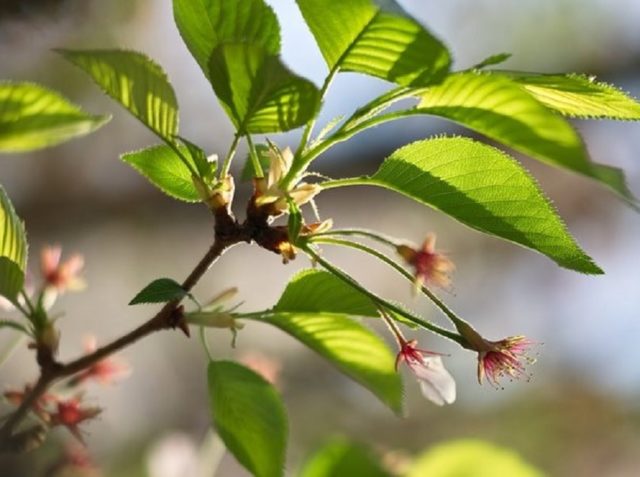
Abundant flowering pleases gardeners expecting a good harvest
Why do cherries drop fruit?
Dropping the ovaries leads to the loss of a significant part of the crop. Sometimes cherries fall off after flowering. This can happen for various reasons, so it’s impossible to do without analyzing the situation. There are several opinions on this issue. Some believe that this is the natural process of the tree getting rid of excessive load for it.Others call for thinning out flowers and ovaries on their own to avoid such a nuisance. Still others believe that the problem is caused by the characteristics of the tree or improper care. If we adhere to the latter point of view, then we can identify several reasons that lead to the shedding of ovaries on cherries. This will allow the gardener to preserve the harvest and prevent a similar situation from reoccurring.
The most common reasons why cherry fruits fall off
Depending on the cause, shedding of ovaries leads to varying degrees of damage. Consequently, actions to eliminate it will also be different.
The main reasons, their effect and methods of correction are presented below.
Increased soil acidity
If such a parameter is detected, the soil should be deoxidized. Lime deficiency leads to excessive leaf growth. The fruits do not have enough nutrition and do not set. If ovaries form, the cherries will be small. Most often, they do not ripen, and the still green cherry falls off. Adding dolomite flour (400 g per 1 sq. m), infusion of wood ash or chalk (1 tablespoon of substance per 10 liters of water) within a radius of 1 m from the cherry trunk works well.
Unbalanced diet
A very important reason. Most often, it is this that causes the ovaries on the cherry tree to fall off. A deficiency of nutrients leads to weak or absent flowering. The tree may completely stop growing and lose its ovaries. To fix this, you will need to fertilize with complex mineral fertilizer (50 g per 1 sq. m).Alternate the composition with an infusion of bird droppings or mullein, the consumption of the working solution is at least 30 liters per tree. Another option is a special preparation “Ovary” for cherries, saltpeter, urea in combination with superphosphate and potassium sulfate. The number of feedings should be at least 2-3 times during the season. The most important period is spring before the buds awaken and the time after flowering. It should be remembered that you cannot apply lime and manure at the same time. Also, when planting seedlings, no nitrogen fertilizers are added.

A sufficient amount of nutrients allows the tree to maintain ovaries
Thickened tree crown
This fact leads to a lack of lighting of the ovaries, and they fall off. The situation can be corrected by competent spring pruning of the tree before the buds open. Especially those branches that grow inward or thicken the middle of the crown. After harvesting the fruits, sanitary pruning of young shoots should be done again.
Moisture deficiency
When the cherry blossoms and sets fruit, it really needs water. As soon as the soil moisture decreases, it sheds the ovary. It is necessary to monitor weather conditions in the spring, making up for the shortage in time with watering. It is better to do this in the evening along the ring canals at the border of the crown. It is good to combine watering with fertilizing.
Characteristics of the variety
This point relates to infertility. Even popular varieties can be self-sterile. Therefore, the absence of pollinating neighbors will lead to the absence of ovaries. It is best to buy seedlings of self-fertile varieties that guarantee an annual harvest.To navigate, you need to remember that there are three types of crop varieties - self-fertile with 5% ovaries, partially self-fertile with 20% ovary formation and self-fertile with 40% ovaries.
Overload with last year's harvest
After a fertile year, the cherry tree needs to recover. Therefore, it discards a significant part of the ovaries. These varieties require special care. It must be regular and of high quality. Autumn fertilizing plays a special role. Along the border of suction roots per 1 square. m of soil, lay humus (15 kg), superphosphate (300 g), a mixture of potassium and magnesium (100 g). Deepen the nutrient composition to 20 cm.
Height of groundwater
Cherry is a crop that is very sensitive to this parameter. It grows well if the depth is at least 2 m. The close location of water to the surface of the soil inhibits the plant. It is optimal to plant a cherry orchard on a natural or formed hill.
Weather conditions at the time of flowering
Pollen is capable of fertilization for 3-5 days. If it’s hot at this time, it crumbles. If it rains, insects do not fly and do not pollinate the cherry. To attract bees, use honey water (100 g of honey per 1 liter of water).
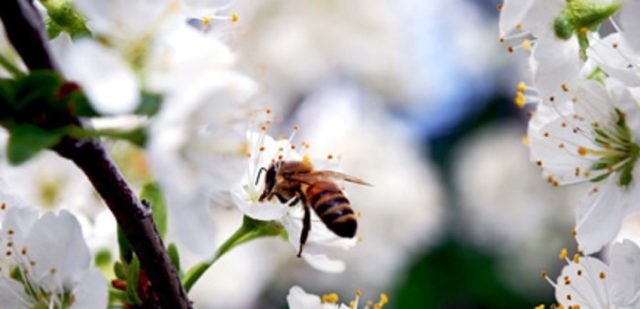
Every bee in the garden is considered an important helper for cherry pollination.
Growing non-registered varieties
The reason is trivial, but also common. Inconsistency between the conditions and characteristics of the tree leads to the absence of an ovary.
Diseases
Dropping of the ovary is considered one of the symptoms of clasterosporiasis, as well as cocomycosis. With the last illness, the cherry tree drops its green fruits. Trees need proper care and treatment.
Pests
The most common cause is cherry fly or cherry weevil.Planting early varieties, preventive measures, and adherence to agricultural practices help.
What to do to prevent the cherry from dropping its ovary
There are several measures that save the cherry harvest:
- Reducing soil acidity by introducing appropriate preparations.
- Timely and correct pruning of the tree in early spring and after fruiting.
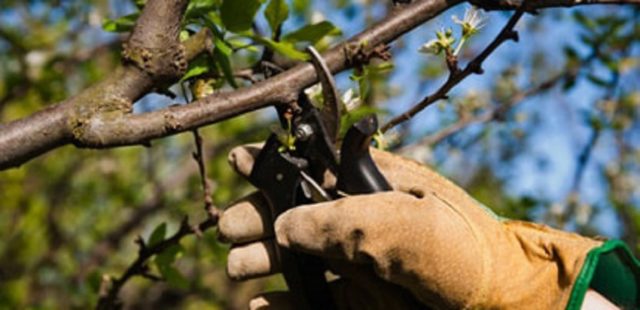
If you prune the cherry tree correctly and on time, the issue of the ovaries falling off may not arise at all.
- Regular and competent feeding of cherries.
- Watering takes into account weather conditions and the condition of the plant.
- Regulation of the position of groundwater through measures for its removal.
- Attracting bees and other insects to the garden to pollinate varieties.
- Selection of interpollinating varieties.
- Implementation of a schedule of preventive treatments for cherries against diseases and pests.
- Regularly inspect trees and remove damaged parts.
- Weeding the site, loosening the soil, enriching with organic matter.
- Cleaning up fallen leaves and fruits.
A very important stage of care is the correct choice of products for spraying.
How to treat cherries so that the ovary does not fall off
If the cherries fall off, spraying the tree will help. Gardeners recognize Bordeaux mixture as the optimal composition. This operation is often called "blue spraying". The substance protects cherries from becoming infected with fungal infections. Spraying should be done in early spring, when the buds are just bursting.
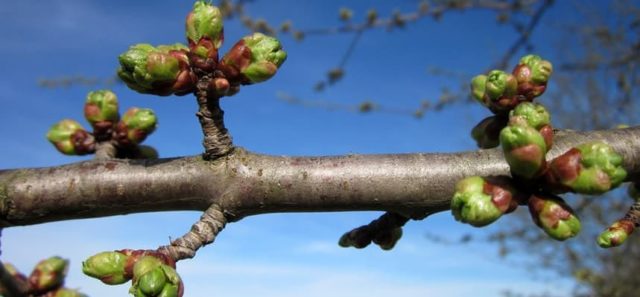
It is important not to miss the moment for processing when the buds begin to grow - time is missed
This period is called “green cone”. It will require 3% Bordeaux mixture. The second spraying should be done at the time of active growth of the cherry, when new branches and leaves appear. For this purpose, prepare a 1% solution.The effect is enhanced if you treat not only the crown, but also the trunk and the surrounding area.
When diseases appear, fungicide treatments are needed, and pests are destroyed with insecticides.
Prevention measures
Preventive actions include careful adherence to the agricultural practices of cherry trees. Every year, treat plants with solutions to prevent pests and diseases from appearing in the garden.
Do not forget to fertilize the soil, especially in the autumn after fruiting.
Young trees must be covered for the winter so that the buds do not freeze.
Timely removal of fallen fruits prevents pests from multiplying and diseases from spreading. You also need to collect ripe fruits in a timely manner to avoid overloading the cherries.
Advice from experienced gardeners
If a cherry tree blooms very profusely, this does not guarantee a rich harvest. Before flowering begins, it is necessary to add a solution of urea (25 g per 10 liters of water) to the tree trunk. And after the flowers open - an organic infusion of mullein or bird droppings. After flowering, a mineral complex is needed (50 g per 1 sq. m). This alternation of nutrients strengthens the viability of cherries well.
Another subtlety: you cannot take the root shoots of a tree for planting. If it is grafted, then you can get a wild one, not a variety.
Gardeners need to know that proper care and careful adherence to agrotechnical recommendations will protect cherries from dropping their ovaries. Therefore, we should once again recall the possible reasons presented in the video:
Conclusion
The reasons why cherry ovaries fall off can not only be removed, but also prevented.A caring attitude towards wood will definitely give the desired result.

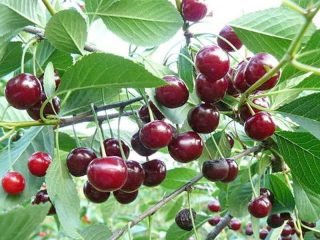
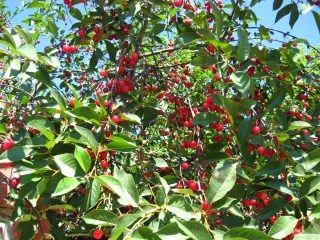


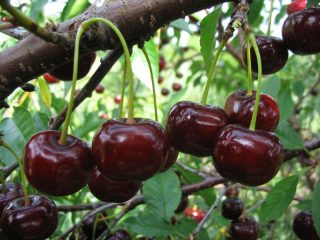
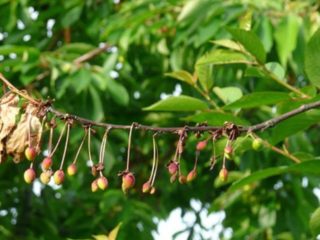
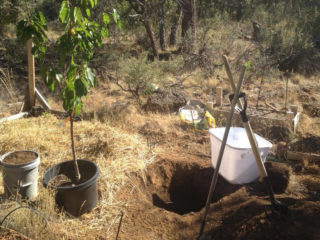
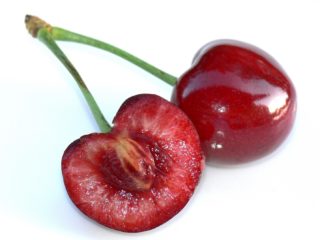
The cherry tree is 10 years old and we just can’t wait for the fruits... It blooms profusely, the fruits are set in large quantities. but... Some moment comes and she drops green fruits!!! All! However, there is no foliage. Kamedetechi - no. in all this time - not once. It is impossible to determine any disease externally. Everything is fine. The foliage is dense. No visible signs of any disease. The barrel is clean. We don’t understand what it is. Help me please.